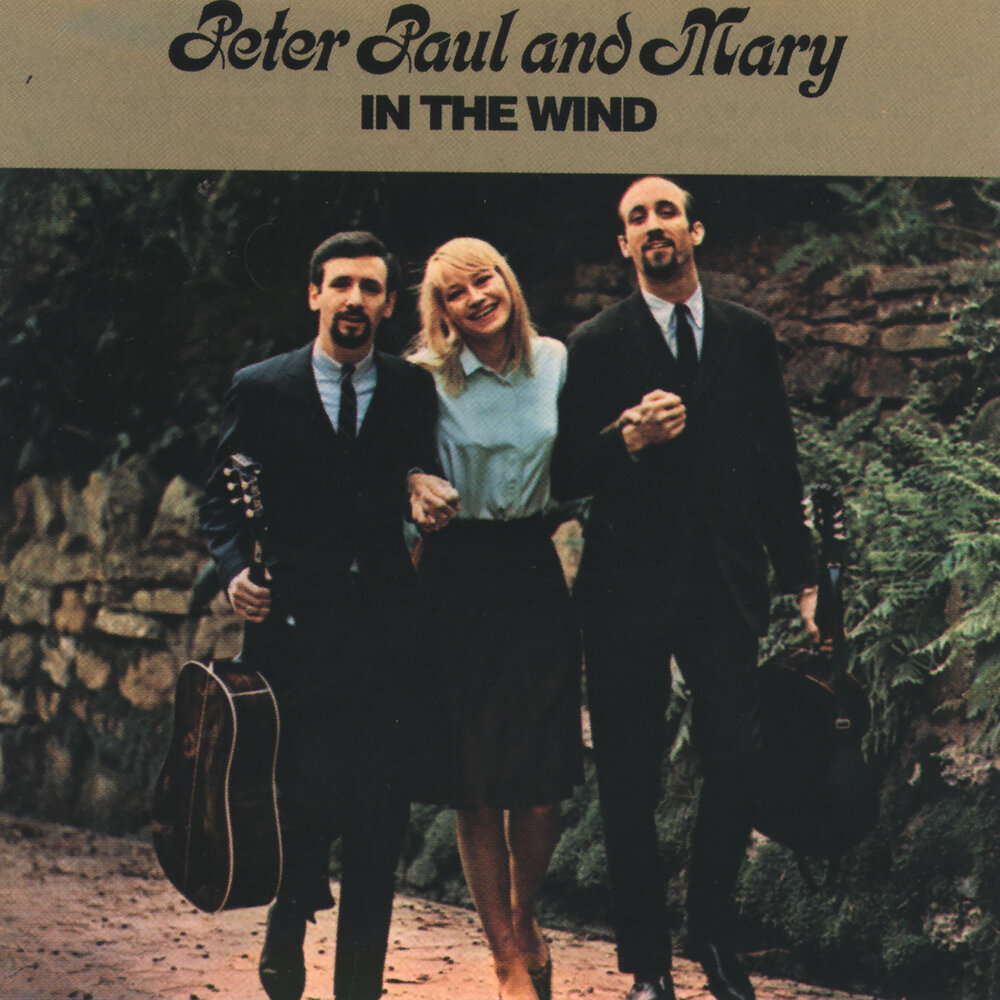
Peter, Paul and Mary – “Blowing in the Wind”: A Folk Anthem for the Ages
When Peter, Paul and Mary recorded “Blowing in the Wind” in 1963, they transformed Bob Dylan’s already powerful song into a transcendent anthem of hope and change. Their harmonized rendition of Dylan’s poignant questions about peace, freedom, and human dignity became a cornerstone of the civil rights movement and solidified their role as one of the most influential voices in 1960s folk music. Peaking at #2 on the Billboard Hot 100, the song was not only a commercial success but also a cultural milestone.
The brilliance of “Blowing in the Wind” lies in its simplicity and universality. The lyrics are structured as a series of rhetorical questions, each one pointing to the struggles and injustices that remain unresolved in the human experience. Lines like “How many roads must a man walk down before you call him a man?” and “How many times must the cannonballs fly before they’re forever banned?” invite the listener to reflect on the cost of inequality and war. Dylan’s poetic imagery is both evocative and timeless, a call for introspection that feels as urgent now as it did six decades ago.
Peter, Paul and Mary’s version of the song amplifies its emotional resonance through their masterful harmonies. Mary Travers’ rich, soulful voice leads the charge, supported by Peter Yarrow and Paul Stookey’s gentle yet powerful backing vocals. Together, they create a sense of unity and purpose, giving the song an almost hymn-like quality. Their interpretation emphasizes both the solemnity of the questions posed and the hope for answers, making it a stirring plea for action.
The arrangement is elegantly restrained, centered on acoustic guitar and simple, unadorned vocals. This sparseness allows the words to take center stage, highlighting the song’s message rather than distracting from it. The trio’s ability to deliver such a profound statement with grace and clarity is a testament to their artistry and commitment to the ideals they championed.
“Blowing in the Wind” became an anthem of the civil rights era, performed at rallies and marches, including the iconic 1963 March on Washington. For Peter, Paul and Mary, it was more than just a song; it was a vehicle for change, a way to give voice to the voiceless and inspire collective action. Their version brought Dylan’s work to a broader audience, helping to cement its place in the American consciousness.
Even today, “Blowing in the Wind” remains a symbol of resistance and hope. Its questions continue to resonate because the struggles it addresses—equality, peace, and justice—are ongoing. Peter, Paul and Mary’s rendition captures the enduring spirit of the song, reminding us that the answers, as Dylan wrote, are “blowing in the wind”—elusive yet ever-present, waiting for us to seize them.
As one of the defining songs of their career, “Blowing in the Wind” reflects everything that made Peter, Paul and Mary exceptional: their unwavering commitment to social justice, their unparalleled musicality, and their ability to connect deeply with audiences. It’s a timeless masterpiece that continues to inspire and challenge generations to listen, reflect, and act.